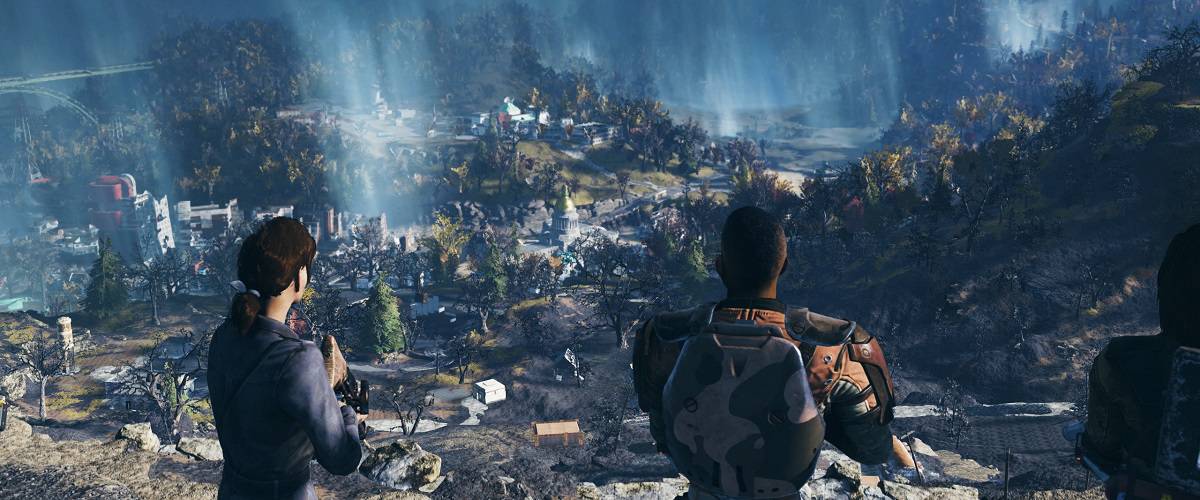Odds are, if there’s a concept, there’s a video game about it. We’ve come across a few video games that are relevant to prepping. Far Cry 5 shows preppers in a better light than most games, for example. With the announcement of an upcoming post-apocalypse game, we see a perfect example of why people are the most dangerous aspect of a SHTF scenario.
I’m talking about Fallout 76. The Fallout franchise of video games all take place in a universe where WWII resulted in a series of nuclear explosions that ruined the entire planet. The player takes the role of someone who has to survive the fantastical “fallout” taking place years later, managing ammunition and fending off radiation. These games have been around since the 90s though, so what’s so important about them now?
Fallout 76 is the latest in the line of Fallout video games, and for the first time, it’s multiplayer. All of the previous games have been single-player games. Fallout 76 decided to do away with the computer-controlled characters, and instead have the players populate the post-apocalyptic world, and many players are upset about this.
If you check the Fallout section of popular web forum Reddit when the game was announced, you’ll see a flood of people expressing discontent with having to interact with other actual people. They believe that the chaotic nature of man will ruin the experience for them. Other players might attack on sight, chasing the player and harassing them as much as possible. They might steal from the player.
For the first time in this game, they are aware of how dangerous real people can be in a post-apocalyptic setting. Jee, that sounds a lot like how people in the real world may behave in an actual SHTF scenario. Hundreds of thousands of people are now becoming aware of why discretion when prepping is so important, and why things like proper self-defense and discreet scavenging techniques are vital in a disaster scenario.
We recommend you check out our article about OP-SEC when prepping, as well as How to Spot a Threat in a Crowd. Both articles touch on some important ways to keep oneself safe.

